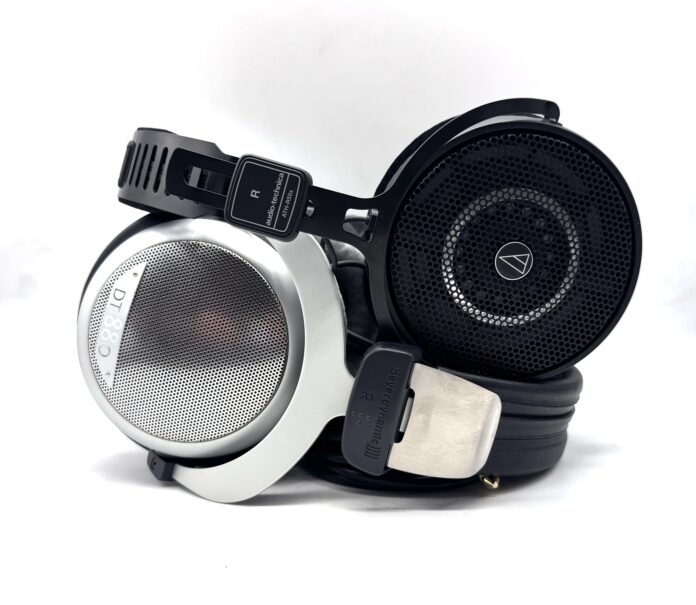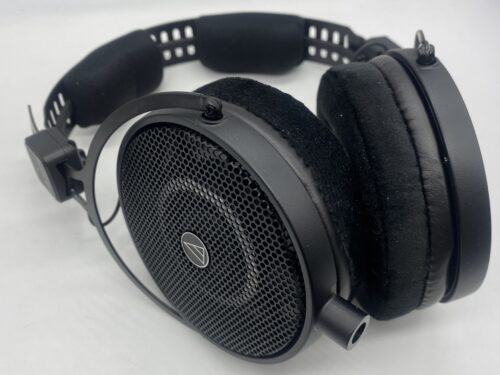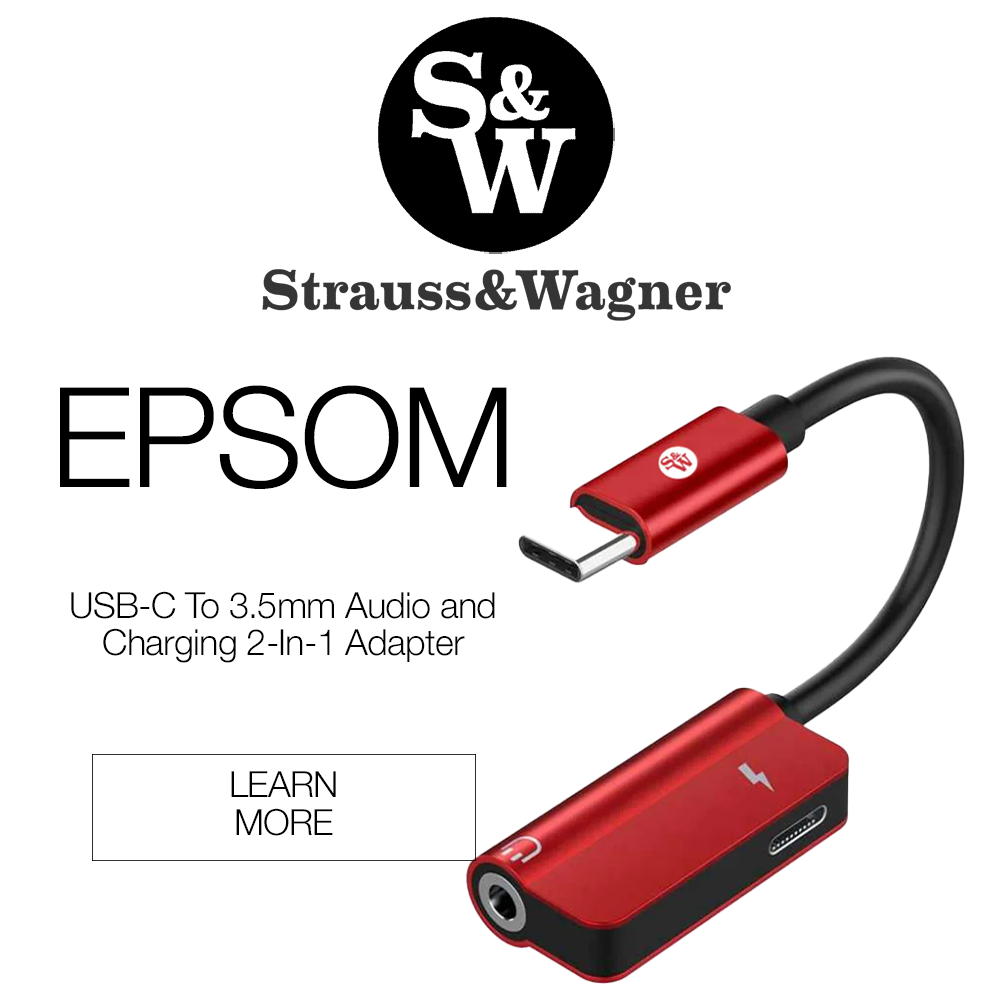If you’ve been following our recent coverage, Audio-Technica’s recent releases have really caught our attention. The ATH-R70xa was a notable upgrade over the original ATH-R70x. But the ATH-R50x, the new entry-level professional open-back from the Japanese brand, captivated our ears too. The Audio-Technica ATH-R50x comes in at a stunning $159, making it a compelling choice for audiophiles on a budget. But it was also designed with audio professionals in mind, meaning it’s a great budget-minded solution for pros and aficionados alike. With its excellent sound to price ratio, we wanted to put it up against another budget headset geared towards audiophiles and pros: the Beyerdynamic DT880 Edition (600 ohm version). At $219, Beyerdynamic’s entry-level semi-open-back design has long stood at the top of the heap for professionals and music fans. So how does Audio-Technica’s upstart compare with the German classic? Let’s find out in this review.
What’s in the Box
| Audio-Technica R50x | Beyerdynamic DT880 Edition |
|
|
Build
With the R50x, Audio-Technica pushes the boundaries of how light a full-sized headphone can be. At 207 grams, it’s incredibly lightweight, so much so that you can easily forget that it’s on your head. But don’t let its weightlessness fool you – the R50x feels quite durable. Using metal components for its yokes and headband and velour for its earpads, you get the sense that Audio-Technica put their best foot forward with this build. The headband system is easy to adjust and the earcups leave plenty of room for comfort. Mixing on these would be a breeze as you can wear it for hours without discomfort.
The DT880 is not as light as the R50x, but is still very comfortable. At 290 grams, it’s still on the light side for full-sized headphones. Like the Audio-Technica headphones, the DT880 utilizes velour earpads and a mix of plastic and metal components across its frame. One difference would be in the headbands. Where the R50x is a bit more minimal, the DT880 adds protein leather padding across the entire headband. Both headphones use replaceable earpads.
One key difference lies in the headphones’ cable implementations. While the R50x features a detachable cable, the DT880’s is permanently connected to the headphone. So if you break it or want to upgrade your connection, you’re out of luck unless you’re willing to take the whole headphone apart. The R50x’s cable uses a single locking connector to attach to the headphone, so third party replacements may be harder to come by. Ultimately, it’s nice to have the option to replace it if needed on the Audio-Technica.
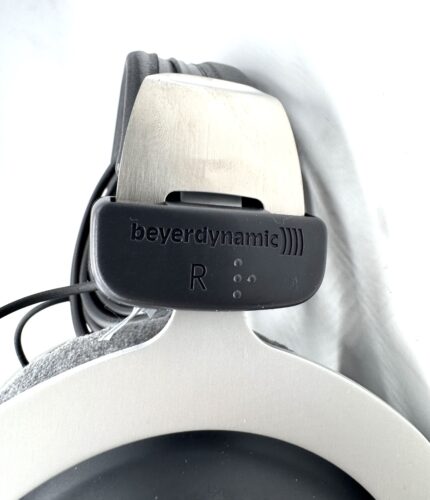
Design
There are a few things to discuss before breaking down the specs of each headphone. The R50x has a fully open-back design whereas the DT880 is technically a semi-open-back design. According to Beyerdynamic, the DT880’s semi-openness relates to how it attenuates ambient noise, but stops short of completely excluding it. While I did notice a slight difference in isolation, you’ll want to consider them more open than closed as they do allow for an open flow of air through the grills on the earcups.
As far as design goes, the R50x uses a 45mm dynamic driver and, unlike the DT880, it leans into its openness. In allowing unrestricted airflow throughout the transducer, it is able to provide fast transients and minimal distortion. It has an impedance of 50 ohms and an SPL of 93.3dB, so definitely plan on pairing it with a solid DAC/amp setup or dongle.
The DT880 is a little more tricky. It comes in multiple impedances (32, 250, and 600 ohms). We have the 600 ohm version in for review, but we’ll provide specs for each version. Though the impedance varies across headphones, they all share a 96dB SPL. As you work your way up the impedance range, the DT880 will rely more heavily on good amplification (the 600 ohm version requires a lot of power).
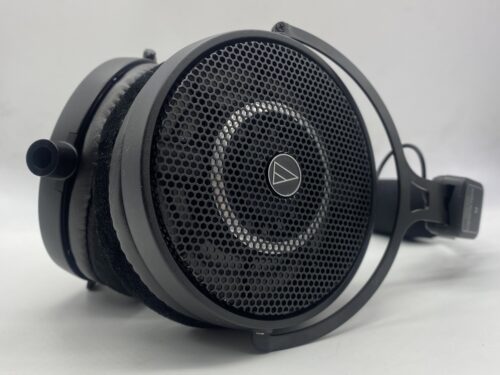
Sound Impressions
The R50x and DT880 are both geared for personal and professional use, so both try to stay fairly neutral. I found most of the differences to appear in their technical performances rather than in bigger picture elements like sound signature.
Low End:
Starting with the low end, the R50x has an understated but highly capable response. It has a nice sense of quickness, though I found it prioritizes natural tonality over total technical prowess. There’s a focus on timbre and texture, giving great insight to the details of the track. This differs from the DT880 which takes a contrasting approach. While its bass notes are by no means artificial, the headphone’s attention to attack and decay is apparent from first listen. The DT880 has more punch and slam than the R50x, but Audio-Technica’s headphone makes up for it in its musicality. I think both approaches prove useful as the depth you’ll receive from the R50x certainly stacks up with the DT880’s sense of dynamics. In a way, I think these presentations complement each other quite well and will give different perspectives on the information in your choice of track.
Midrange:
The R50x excels when it comes to mids. Vocals are natural and pleasant, no matter how far they stretch into the upper midrange frequencies. Similarly, there’s hardly any midbass bloat, allowing the middle frequencies to really shine and bring character to the sound signature. Its technical performance is more assertive here too as instruments have a great amount of feeling to them.
Beyerdynamic’s DT880 is quite similar in terms of presentation, though it’s a bit more elevated in the lower mids and leaner in the upper mids. That creates a really great sense of separation between frequencies. The added midbass helps with its more dynamic approach but can leave some tracks feeling more emphasized than on the R50x. Meanwhile, the dip in the upper mids helps transition the frequency response into the top end, keeping things smooth all around.
Top End:
It’s in the treble that these two headphones differ the most. The Audio-Technica ATH-R50x is more subtle and relaxed when compared to the DT880. While Audio-Technica’s headphone does a nice job balancing listenability with detail retrieval, the top end can be a bit soft at times. This doesn’t necessarily affect its ability to resolve information, and for audiophile listening, you might prefer this approach. But for mixing and mastering, you may find it to be a little too forgiving to brighter musical moments.
The DT880 is a bit more aggressive. The treble can be peaky at times, leading to some harsh moments on brighter tracks. But with this approach, you’ll never miss any detail. Furthermore, I found the brighter treble response to compliment the punchy low end, making for an overall dynamic sound that is engaging and illuminating.
Soundstage:
Both headphones provide similar soundstage performance. I found the DT880 to be a bit wider in its stereo limits, though the Audio-Technica R50x had a bit more precision with its imaging. Overall, I think both approaches suit their respective headphones appropriately. By expanding its width, the DT880 allows more room for its dynamic capabilities. On the other hand, by keeping things a little more intimate and relying on imaging to accentuate its soundstage, the R50x stays more natural and refined.
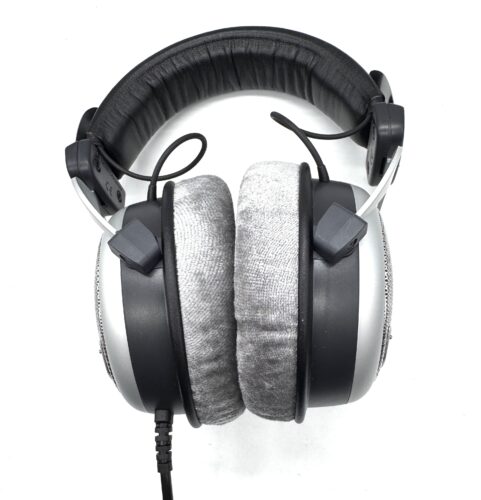
Final Verdict
In listening to each of these headphones, I was struck by how well they compliment each other. They do different things well in different ways. I could see each headphone being great for professionals as they will provide different insights into the mix that you might not find on the other. For audiophiles, it will come down to your preference in sound signature. The Audio-Technica ATH-R50x will give you a more relaxed and refined listening experience while the Beyerdynamic DT880 will be more dynamic and alive.
The Audio-Technica ATH-R50xand Beyerdynamic DT880 Edition are available at Audio46.
MAJORHIFI may receive commissions from retail offers.


